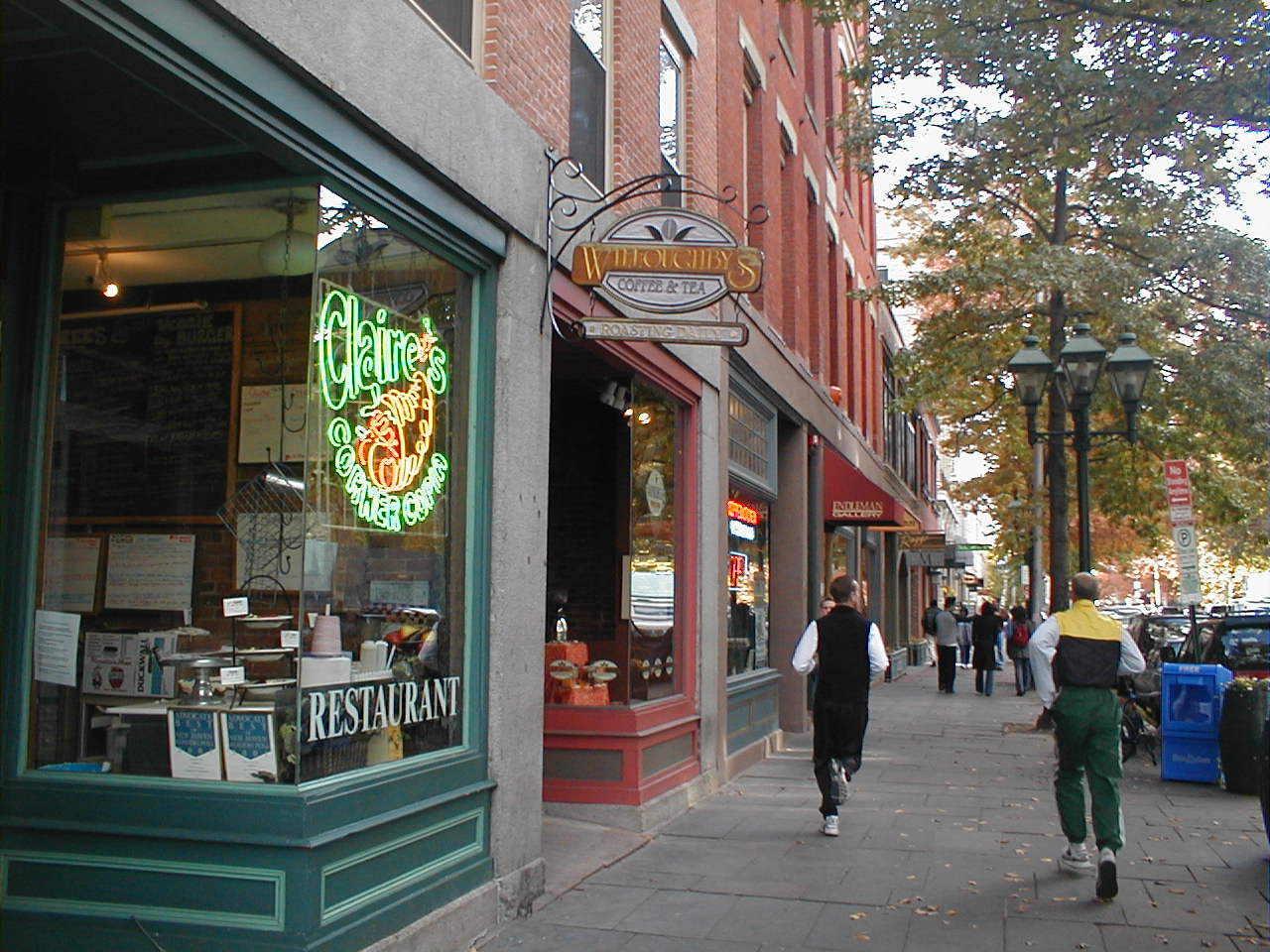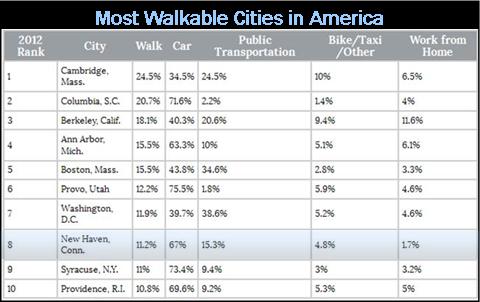CT Ranks #30 in Motorcycles Per Capita; Helmets Not Required
/
Which states have the most motorcycles per capita? The top three are South Dakota, New Hampshire (Live Free or Die!) and Iowa. Connecticut – the Land of Steady Habits – rides in at number 30 among the states.
South Dakota comes in first with 12 people for every motorcycle, besting the national average by 66 percent, according to data compiled by the website The Motley Fool. The state had 69,284 motorcycles registered, rep resenting 0.82 percent of all motorcycles in America. South Dakota is home of the annual Sturgis Motorcycle Rally, which attracted 467,338 riders in 2013.
resenting 0.82 percent of all motorcycles in America. South Dakota is home of the annual Sturgis Motorcycle Rally, which attracted 467,338 riders in 2013.
According to the most recent report by the U.S. Department of Transportation, there were 8,410,255 motorcycles registered nationwide by private citizens and commercial organizations, according to the most recent annual data, from 2011. That represents one motorcycle owner out of every 36 people.
Connecticut ranked #30 on the list of states, with 97,960 motorcycles, representing 36 people for every motorcycle. Reaching the top fifteen states were New Hampshire, Iowa, Wisconsin, Wyoming, North Dakota, Vermont, Montana, Minnesota, Alaska, Idaho, Maine, New Jersey Colorado and Delaware.
New Hampshire placed second with 17 peo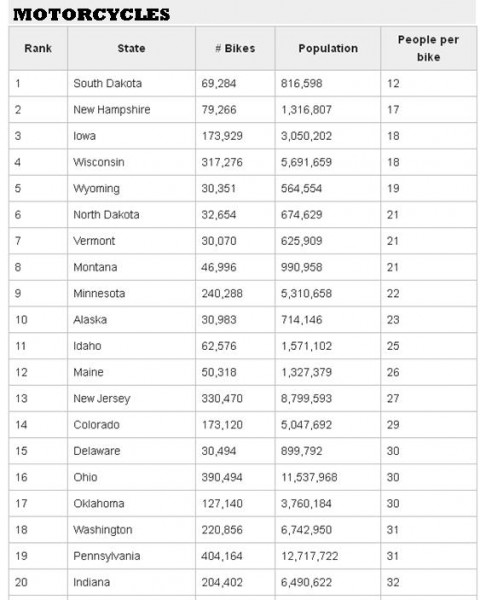 ple for every motorcycle beating the national average by 53 percent. The state had 79,266 motorcycles registered, representing 0.94 percent of all motorcycles in America,. The state is also home to Laconia Motorcycle Week, which dates back to the early 1900s and is one of the country’s oldest rallies.
ple for every motorcycle beating the national average by 53 percent. The state had 79,266 motorcycles registered, representing 0.94 percent of all motorcycles in America,. The state is also home to Laconia Motorcycle Week, which dates back to the early 1900s and is one of the country’s oldest rallies.
New Hampshire also is one of 31 states without a mandatory helmet law. In Connecticut, motorcycle operators between 16 and 17 years old must wear a helmet. Drivers over 18 are required to wear a helmet if they only have a motorcycle permit, and not a motorcycle license. Drivers of all ages must wear protective eyewear, such as goggles or glasses, unless the cycle is equipped with a windshield.
States with the least motorcycles per capita are Mississippi, Louisiana, Texas, New York, Georgia, Maryland, Utah and California.
The state with the most motorcycles is California with 801,803, followed by Florida, with 574,176, Texas with 438,551, Pennsylvania with 404,164, Ohio with 390,494, New York with 345,816 and New Jersey with 330,470.
Currently, about half the states require helmets for all motorcyclists, according to the Governor’s Highway Safety Administration. As outlined above, boost other states require helmets for certain riders, and a few have no helmet law.
- 47 states and the District of Columbia have a helmet law effecting at least some motorcyclists.
- 19 states and the District of Columbia have a universal helmet law, requiring helmets for all riders.
- 28 states require helmets for specific riders.
- 3 states (Illinois, Iowa and New Hampshire) do not have a motorcycle helmet law.
In 1967, the federal government required states to enact universal motorcycle helmet laws to qualify for certain highway safety funds, the website noted.. By 1975, all but three had complied. In 1976, Congress revoked federal authority to assess penalties for noncompliance, and states began to weaken helmet laws to apply only to young or novice riders.


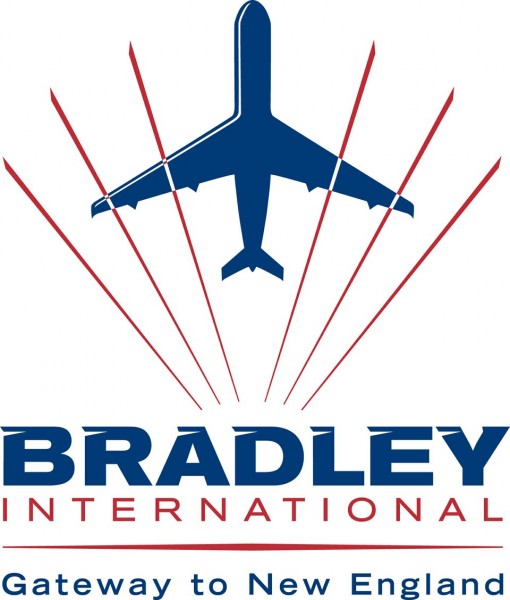 y farther back, in 2009 the total was 5,334,322. The Bradley International Airport
y farther back, in 2009 the total was 5,334,322. The Bradley International Airport 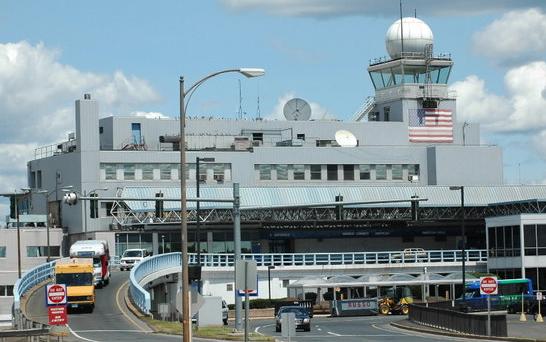

 The proposal was also supported by the
The proposal was also supported by the 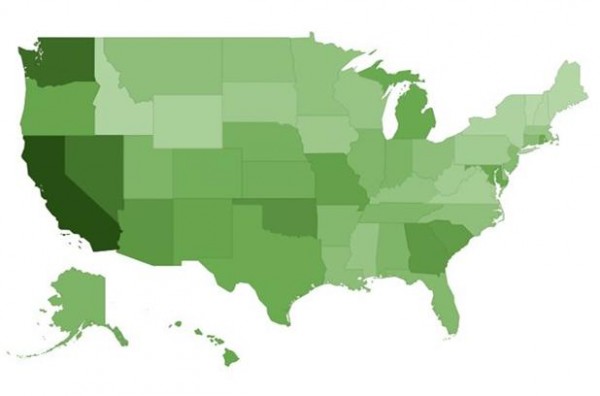 1, but still outdistanced all 50 states.
1, but still outdistanced all 50 states.
 , based on a nationwide map developed using county-by-county data, is to be believed.
, based on a nationwide map developed using county-by-county data, is to be believed.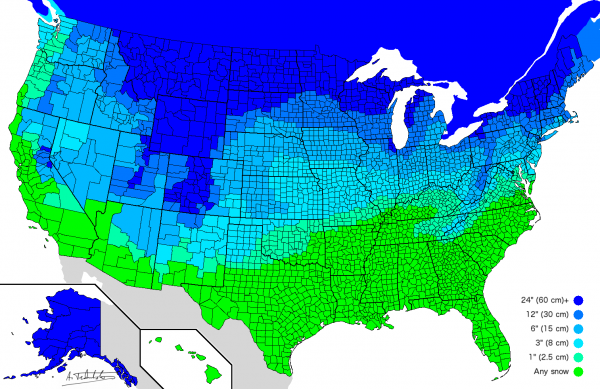
 luding plug-in hybrids – and the other will go to the dealer who sells or leases the most EVs as a percentage of total sales during the period.
luding plug-in hybrids – and the other will go to the dealer who sells or leases the most EVs as a percentage of total sales during the period.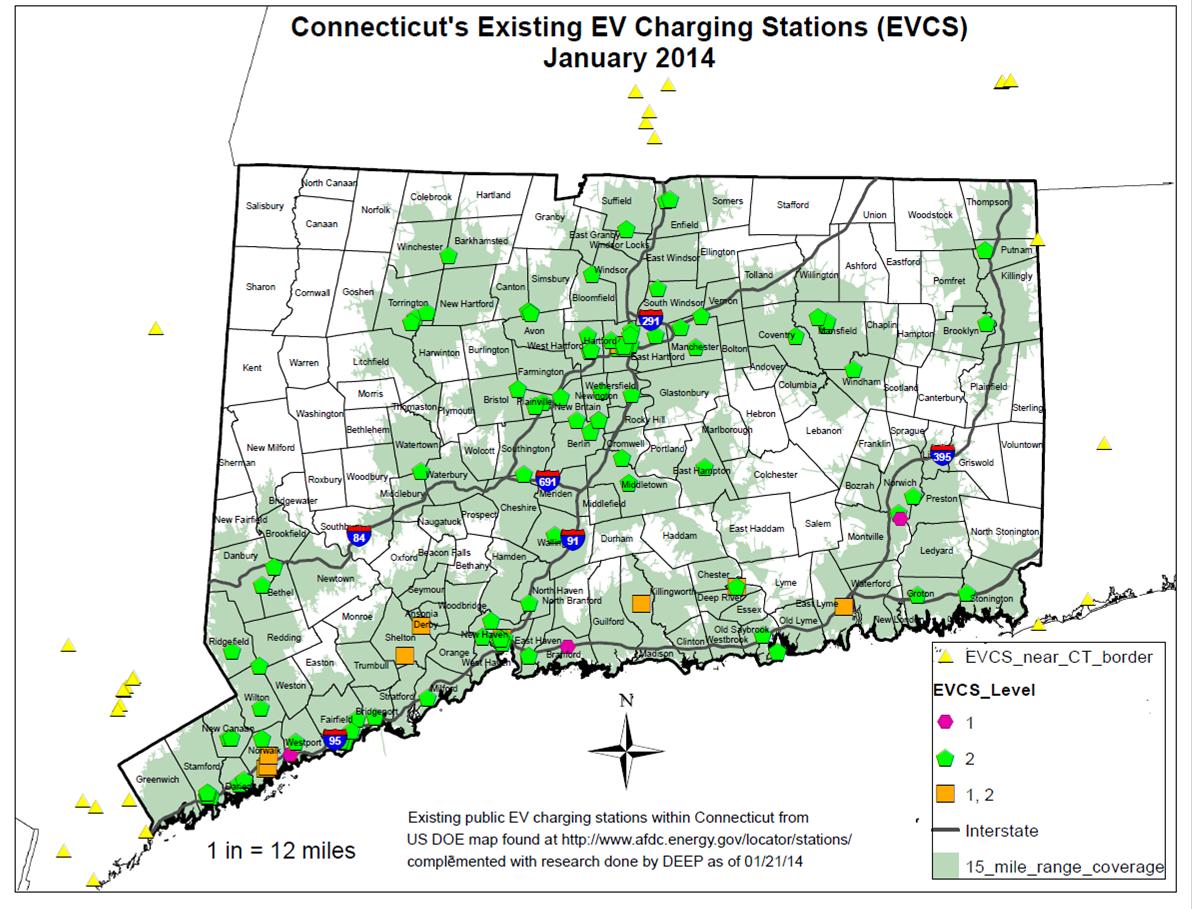 al Protection provides an
al Protection provides an 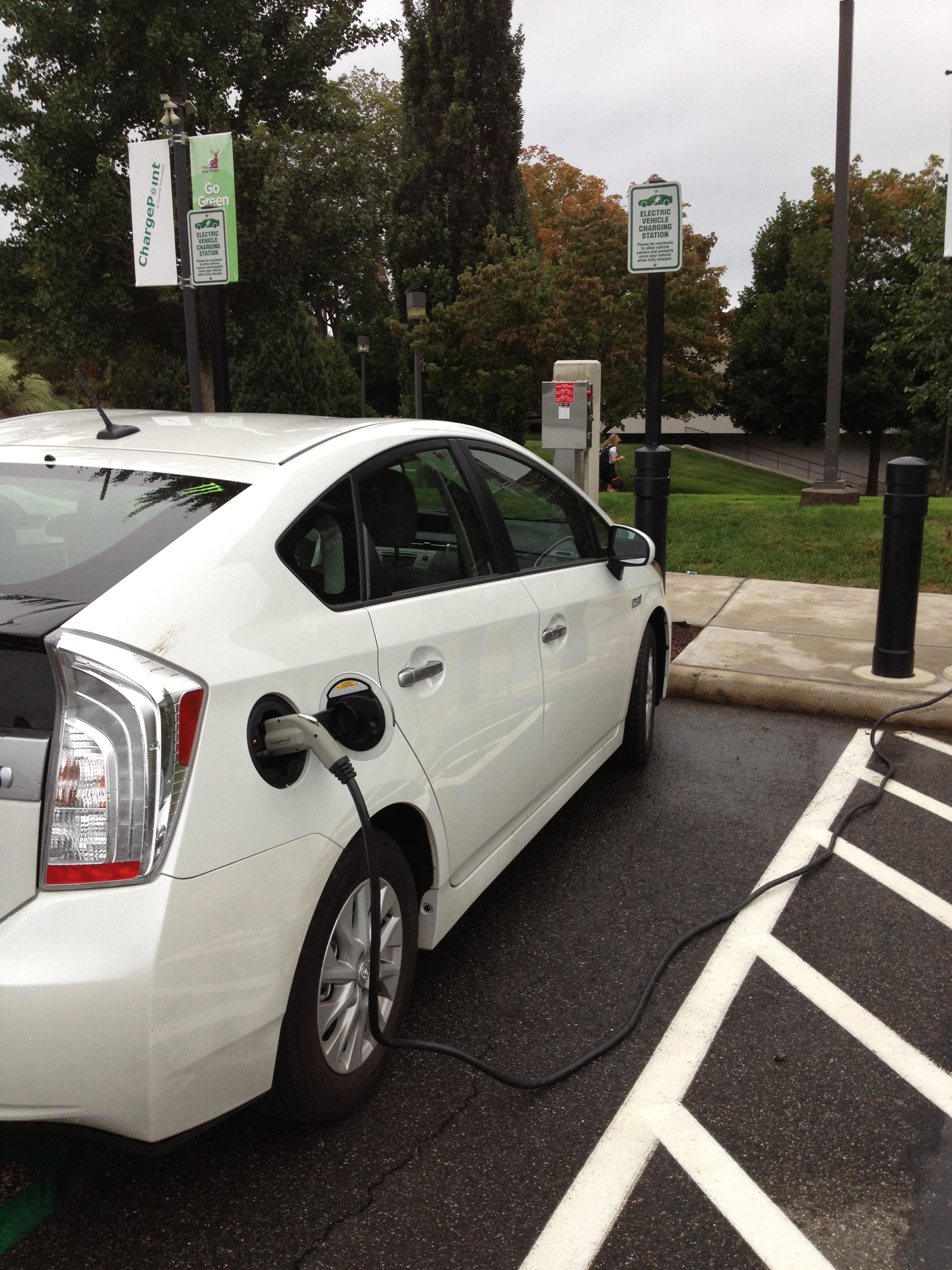
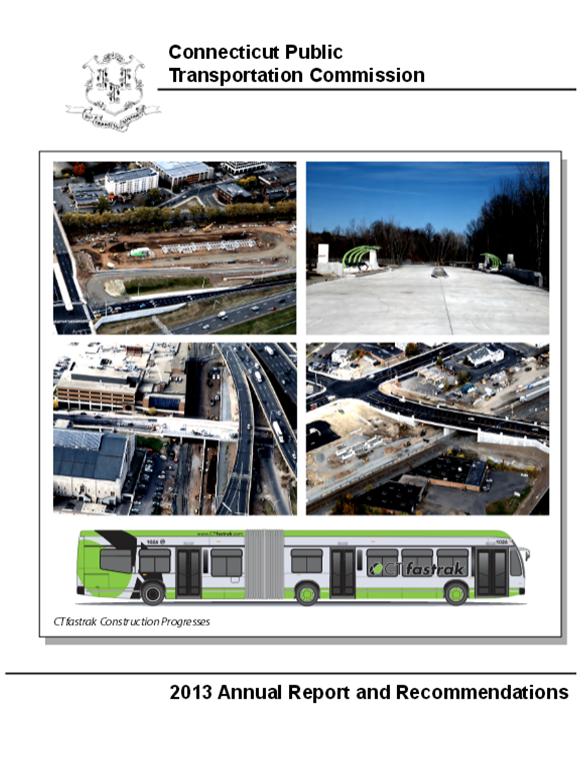 ses running this service are frequently at or above capacity with some occurrences where riders must be turned away. “At a minimum,” the report recommends, “additional investment of state funds would be required to support additional buses to provide a consistent level of services and improve service quality.”
ses running this service are frequently at or above capacity with some occurrences where riders must be turned away. “At a minimum,” the report recommends, “additional investment of state funds would be required to support additional buses to provide a consistent level of services and improve service quality.”
 und and southbound, or eastbound and westbound).
und and southbound, or eastbound and westbound).
 enjoyable. Participating businesses must indicate how many potential visitors they hope to attract at various periods during the year. Those accepted
enjoyable. Participating businesses must indicate how many potential visitors they hope to attract at various periods during the year. Those accepted  into the signage program must annually update DOT on their visitor-traffic counts and provide related information.
into the signage program must annually update DOT on their visitor-traffic counts and provide related information.
 During the past five years, inbound moves peaked in 2010 at 1,009 – with a just slightly higher 1,160 outbound moves. Since then, the numbers have skewed increasingly out-of-state, Atlas reported.
During the past five years, inbound moves peaked in 2010 at 1,009 – with a just slightly higher 1,160 outbound moves. Since then, the numbers have skewed increasingly out-of-state, Atlas reported.
 ssistant marketing manager at Fallon Moving and Storage in Windsor, agreed. "Texas is big. We also do lots of Virginia, North Carolina and South Carolina," she said in a phone interview Friday afternoon.
ssistant marketing manager at Fallon Moving and Storage in Windsor, agreed. "Texas is big. We also do lots of Virginia, North Carolina and South Carolina," she said in a phone interview Friday afternoon.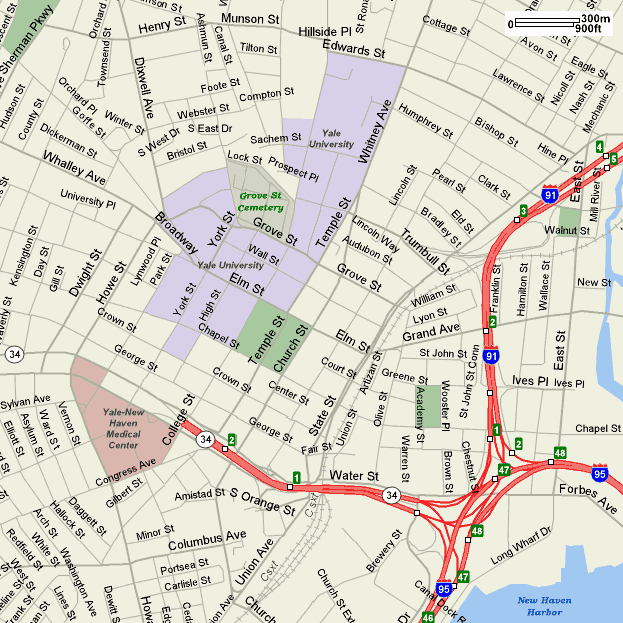 The top cities were Cambridge, MA (24.5%), Columbia , SC (20.7%), Berkeley, CA (18.1%), Ann Arbor, MI (15.5%), Boston, MA (15.5%), Provo, UT (12.2%), Washington, DC (11.9%), New Haven, CT (11.2%), Syracuse, NY (11%) and Providence, RI (10.8%).
The top cities were Cambridge, MA (24.5%), Columbia , SC (20.7%), Berkeley, CA (18.1%), Ann Arbor, MI (15.5%), Boston, MA (15.5%), Provo, UT (12.2%), Washington, DC (11.9%), New Haven, CT (11.2%), Syracuse, NY (11%) and Providence, RI (10.8%).